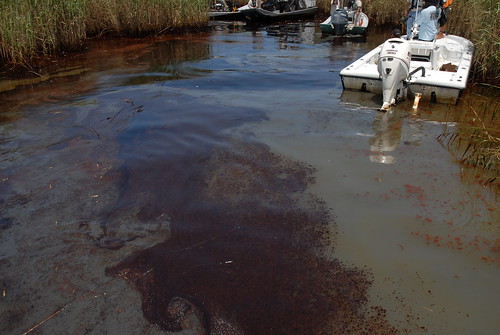
Screenshot from "Windfall."
This week, Andes part-timer Stanley Fish, an opinion columnist for the New York Times, weighed in (again) on the controversial topic of wind power development in upstate New York. Fish, a die-hard opponent of local wind power, blasts wind developers for pitting neighbors against each other:
Another result is the splitting of the town into two factions; the long-time “locals” and the “downstaters” or “outsiders” or “latecomers” (you’re a latecomer of you’ve lived there 20 years) who more often than not have the numbers but are weak politically because they are registered to vote in another state.
Former friends and once-friendly neighbors no longer talk to each other. Nasty signs and even nastier words pop up everywhere.
That’s just what the wind-energy forces planned. They look for relatively poor areas that display the desired population demographic — farmers with large landholdings and newcomers with large incomes — and then they pit the two constituencies against each other.
The inspiration for Fish's column: A new documentary about the local battle over wind power in Meredith, by filmmaker Laura Israel, premiered this month. The film, "Windfall," is part of the Woodstock Film Festival, and is showing at Woodstock's Town Hall on October 1.
Like his previous wind-power column -- written in 2007, before the battle over shale gas drilling had erupted in upstate New York -- Fish's latest has hit a nerve. So far, over 200 comments have been posted on the article, some of them from commenters who live in areas where energy is produced on an industrial scale, and most of them lobbing furious accusations of NIMBYism.
One commenter from Vermont writes:
What if everyone had to look out their window and view the generating source of their electricity? What would you like to see from your kitchen window? An oil rig? A nuclear power plant? A strip-mine (excuse me, a "mountain top removal")? A windmill? A enormous bank of solar arrays that goes on for acres and acres?
A fair enough question. Where does your energy come from? Would you want to live next to it? And if not, do you think somebody else should have to? Here are a few images from the backyards where more "mainstream" sources of energy are produced.
Tar sands

Before and after: The tar sands of northern Alberta, Canada. From "Scraping Bottom," in the March 2009 issue of National Geographic. Details of photos by Peter Essick. (Hat tip to Treehugger.)
Coal
A home in Martin County, Kentucky, near the site of a mountaintop-removal coal mine. Photo from Wikimedia Commons.
Gas drilling
Video of gas flaring from a well in the Marcellus, shot by the leased landowner's next-door neighbor. By YouTube user owsleyskid.
Oil













